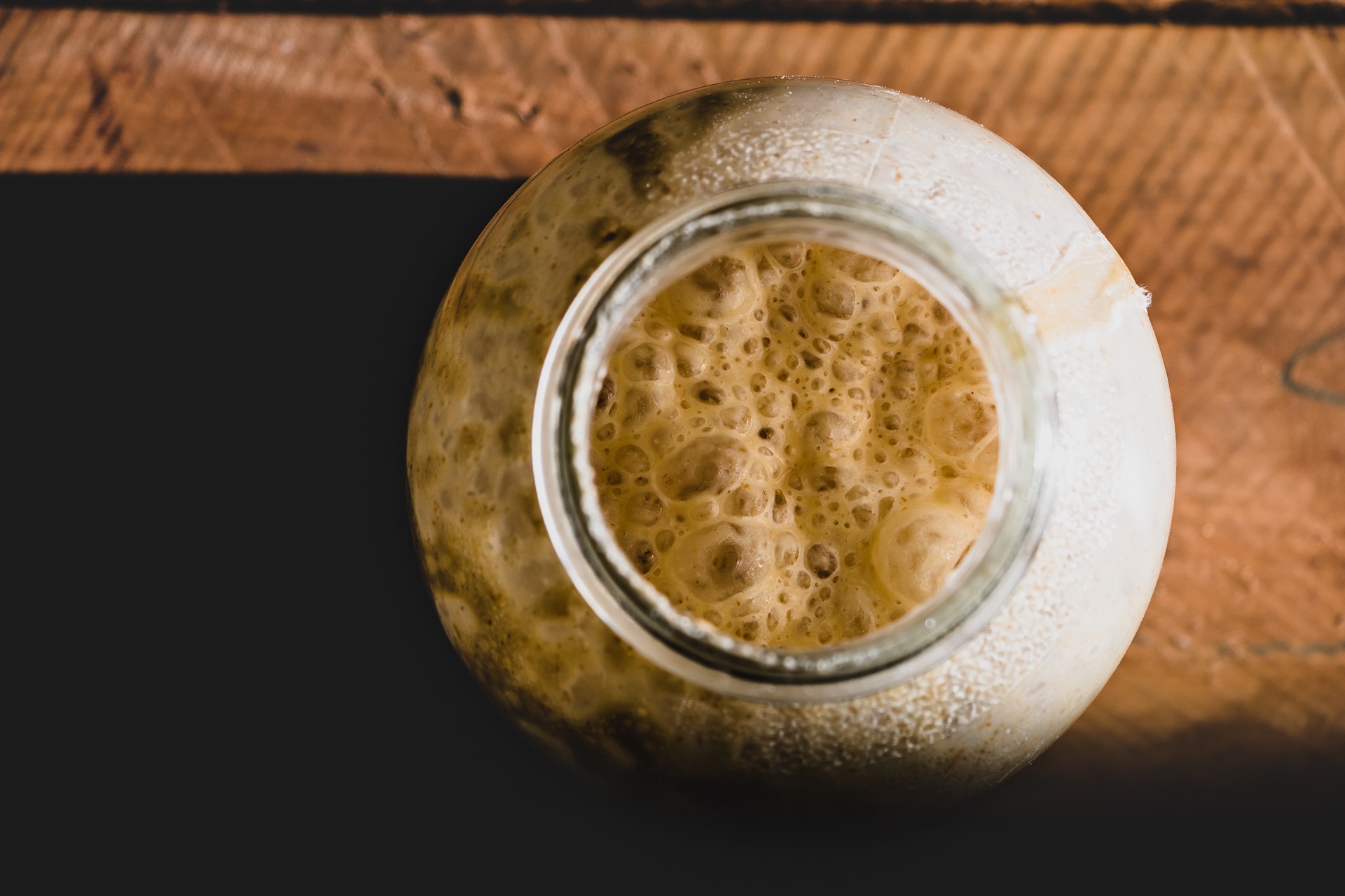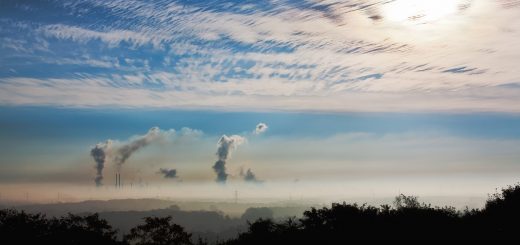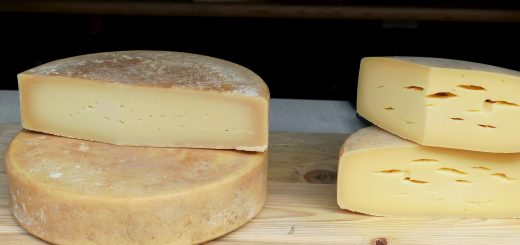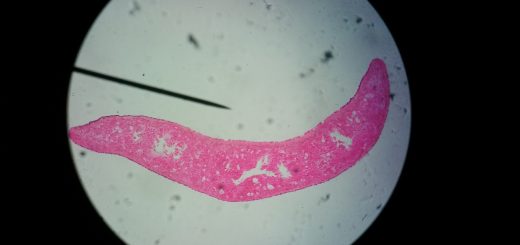Yeast and carbon dioxide

Author(s): Octavian Horia Minda
Summary
Students will model carbon cycle and the effects of human activities on the respiration of yeast.
| Lesson plan summary | |
| Subject | Green Biotechnology |
| Topic | biotechnology |
| Age of students | 12-15 |
| Preparation time | 30Minutes |
| Teaching time | 60Minutes |
| Online teaching material (links for online material) | |
| Offline teaching material | 150 mL Ehrlenmyer flaskthermometerbalance50 mL graduated cylinderrapid rise yeastsugarwaterheat sourceone-holed #5 stopperglass tubeplastic tubingring stand and clamp |
Aim of the lesson
By the end of this lesson students will:
- 1) Distinguish between autotrophic and heterotrophic cells.
- Illustrate the cycling of matter and the flow of energy through photosynthesis (e.g., by using light energy to combine CO2 and H2O to produce oxygen and sugars) and respiration (e.g., by releasing energy from sugar and O2 to produce CO2 and H2O).
- Measure the production of one or more of the products of either photosynthesis or respiration.
Activities
Describe here in detail all the activities during the lesson and the time they require. Remember, that your lesson plan needs to revolve around the topic of bioeconomy.
| Name of activity | Procedure | Time |
| Purpose | Respiration is the process by which living things breakdown sugar to gain energy. Yeast perform this process through fermentation. In fermentation, sugar is broken down into carbon dioxide and alcohol. We will concentrate on measuring the carbon dioxide to measure the rate of respiration by the yeast. | 2 min |
| Instructions | Students need to work in groups of 2-4.Make the yeast solution by mixing 1 tsp yeast in 200 ml water. Expand this to fit the number of student groups you have. Each group will need 100 ml. The yeast should be started before class by adding a tablespoon of sugar to the mixture. It should sit for at least 15 minutes to activate the yeast.The day before the lab, have students choose the variable they will test and design their experiment. Have them write their hypothesis on the board and make sure it makes sense and that no two groups have the same one. That way, they will have plenty of time to do the lab the next day. Sample hypothesis: If we use 2 tsp sugar, then there will be more gas.If we use more yeast, then there will be more gas.If we raise the temperature to 40 C, then there will be more gas.If we don’t add sugar, then there will be less gas. | 10min |
| Experiment | 1. The Control for this experiment is 100 ml of yeast solution, one level teaspoon sugar and 25 degree C temperature (room temp). 2. Your group needs to change one variable and write a hypothesis. When you have decided what to do, write your hypothesis on the board. Watch what others write, no two groups can have the same one. 3. Set up the apparatus as pictured below. The flask should sit in 300 ml of water with a known temperature or if room temperature is used, no flask is needed. 4. Fill the graduated cylinder with water and invert it into the bucket of water. Hold it in place with your hand. 5. When you are ready, start by adding your sugar and putting the stopper on. Wait 5 minutes to make the first observation. Write down the volume of gas in the graduate. (You will have to read the graduate upside down) 6. Make another observation at 10, 15, and 20 minutes. Fill in your groups’ data as you go. 7. Write down the contents for each group the data table. Put your results on the board for all students to copy. | 25 min |
| Xmin | ||
| Data: Our group: 5 minutes 10minutes 15minutes 20minutes Class data: Contents of tubeAmount of gasControl | Xmin | |
| Analysis: Which tube acted as the control? Why did we do a control? What gas is the yeast producing? Where does the yeast get the substances to make the gas? What does the yeast get when it breaks down sugar? What seemed to be the best conditions for yeast respiration? What puts holes in bread? Conclusion: | 15min |
Assessment
Describe here the assessment method of the lesson, if any. For example, if you plan on assessing your students with a quiz, include here questions and answer options with color-coding the correct answers.





